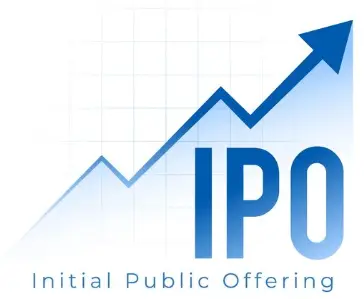The Art of Investing: Balancing Risk and Return
Investing is often described as a balancing act, where risk and return dance in tandem. The fundamental principle of investing is that higher returns typically come with elevated risks, while safer options yield more modest rewards. For those willing to embrace calculated risks, market-linked investments like equities present a promising route to wealth creation over time.
The Case for Equities
Among all asset classes, equities have historically delivered inflation-beating returns, making them a preferred choice for long-term investors. Unlike alternatives such as real estate and gold, which can offer substantial returns but often come with low liquidity and transactional complexities, equities provide a more straightforward investment avenue. The ability to buy and sell shares quickly on stock exchanges adds to their appeal, allowing investors to capitalize on market movements.
High-Return Investment Avenues
For those looking to explore high-return investment opportunities, here are five avenues worth considering:
1. Direct Equity
Investing in stocks directly on exchanges like the Bombay Stock Exchange (BSE) or the National Stock Exchange (NSE) allows investors to participate in the growth of companies. This approach offers the potential for significant returns, especially if one invests in high-growth sectors. However, diversification across sectors and market capitalizations is crucial to mitigate risks. The stock market can be highly volatile, and the potential for significant capital loss necessitates thorough research and a well-thought-out investment strategy.
2. Initial Public Offerings (IPOs)
IPOs present a unique opportunity for investors to purchase shares during a company’s debut on the stock market. After listing, these shares trade in the secondary market, often leading to price fluctuations based on market dynamics. While investing in IPOs can yield substantial returns, the allotment process can be uncertain, and the listing prices may not always reflect the company’s intrinsic value. Investors should approach IPOs with caution and be prepared for the unpredictability that comes with them.
3. Mid- and Small-Cap Equity Funds
Mid- and small-cap equity funds focus on smaller companies that exhibit significant growth potential. According to the Securities and Exchange Board of India (SEBI), these funds must allocate a minimum of 65% of their assets to equities. While these funds can offer higher returns, they also come with increased market volatility and limited liquidity. As such, they are more suitable for risk-tolerant investors who can withstand market fluctuations.
4. Equity-Linked Savings Schemes (ELSS)
Equity-linked savings schemes (ELSS) combine the benefits of equity investments with tax-saving advantages. These schemes come with a mandatory three-year lock-in period, which encourages long-term investment. However, the performance of ELSS post-lock-in can vary significantly, making it essential for investors to conduct periodic reviews of their investments to ensure they align with their financial goals.
5. Peer-to-Peer (P2P) Lending
P2P lending is an innovative investment avenue that connects borrowers with investors through digital platforms. This method offers attractive interest rates, often higher than traditional fixed-income investments. However, it’s important to note that loans in P2P lending are typically unsecured, which increases the risk of defaults. Investors should carefully assess the creditworthiness of borrowers and diversify their investments across multiple loans to mitigate risks.
Aligning Financial Goals with Risk Appetite
Navigating the world of investments requires aligning your financial goals with your risk appetite. Whether you choose equities, real estate, or innovative options like P2P lending, staying informed and diversifying your portfolio can help you turn risks into rewards. The key to successful investing lies in understanding the dynamics of each investment avenue and making informed decisions that align with your long-term financial objectives.
In conclusion, the journey of investing is not merely about chasing high returns; it’s about making strategic choices that balance risk and reward. By exploring various investment avenues and maintaining a diversified portfolio, investors can enhance their chances of achieving financial success over time.

